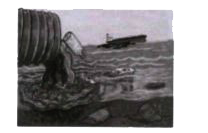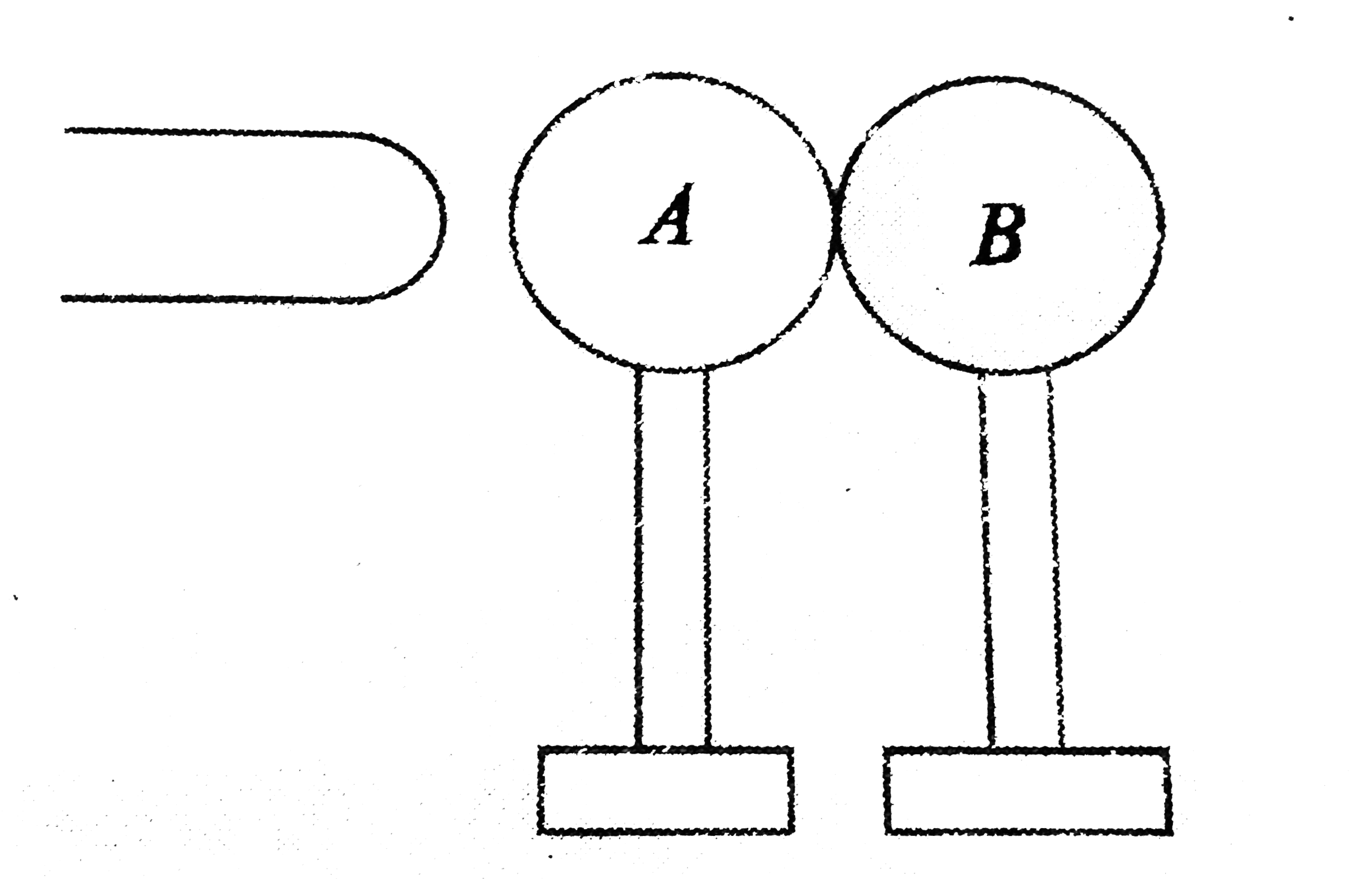A slide under microscope shows following features:
(i) Unicellularity
(ii) Well defined nucleus
(iii) Biflagellate-one flagellum lying iongitudinally and the other trannsversely
what would ou identify if as?
To identify the organism based on the provided features observed under the microscope, we can follow these steps:
1. Identify the Features:
- The organism is unicellular.
- It has a well-defined nucleus.
- It is biflagellate, with one flagellum oriented longitudinally and the other transversely.
2. Determine the Type of Organism:
- Since the organism is unicellular and has a well-defined nucleus, it is classified as a eukaryotic organism. Eukaryotic organisms have membrane-bound organelles, including a nucleus.
3. Analyze the Flagella:
- The presence of two flagella, one longitudinal and one transverse, is a specific characteristic. This type of flagellation is commonly found in certain protists.
4. Classify the Organism:
- Given that the organism is unicellular, eukaryotic, and exhibits biflagellate characteristics, it can be classified under the kingdom Protista. Protists are primarily unicellular eukaryotes that can exhibit characteristics similar to both plants and animals.
5. Conclusion:
- Based on the above analysis, the organism observed in the slide can be identified as a member of the kingdom Protista.
Final Answer:
The organism can be identified as a member of the kingdom Protista.
- The organism is unicellular.
- It has a well-defined nucleus.
- It is biflagellate, with one flagellum oriented longitudinally and the other transversely.
- Since the organism is unicellular and has a well-defined nucleus, it is classified as a eukaryotic organism. Eukaryotic organisms have membrane-bound organelles, including a nucleus.
- The presence of two flagella, one longitudinal and one transverse, is a specific characteristic. This type of flagellation is commonly found in certain protists.
- Given that the organism is unicellular, eukaryotic, and exhibits biflagellate characteristics, it can be classified under the kingdom Protista. Protists are primarily unicellular eukaryotes that can exhibit characteristics similar to both plants and animals.
- Based on the above analysis, the organism observed in the slide can be identified as a member of the kingdom Protista.
The organism can be identified as a member of the kingdom Protista.
Topper's Solved these Questions
- BOOK - NCERT EXEMPLAR ENGLISHCHAPTER - BIOLOGICAL CLASSIFICATIONEXERCISE - Short answer7videos
BIOLOGICAL CLASSIFICATION
- BOOK - NCERT EXEMPLAR ENGLISHCHAPTER - BIOLOGICAL CLASSIFICATIONEXERCISE - Long answer5videos
BIOLOGICAL CLASSIFICATION
- BOOK - NCERT EXEMPLAR ENGLISHCHAPTER - BIOLOGICAL CLASSIFICATIONEXERCISE - Long answer5videos
BIOLOGICAL CLASSIFICATION
- BOOK - NCERT EXEMPLAR ENGLISHCHAPTER - ANIMAL KINGDOMEXERCISE - LONG ANSWER TYPE QUESTIONS4videos
ANIMAL KINGDOM
- BOOK - NCERT EXEMPLAR ENGLISHCHAPTER - BIOMOLECULES EXERCISE - Long Answer Type Questions5videos
BIOMOLECULES
Similar Questions
Use of Modern periodic table to answer the following questions:
(i) Identify an element with six electrons in the outermost shell.
(ii) Identify an element that would tend to lose one electron.
(ii) Identify an element that would tend to gain three electrons.
(iv) Identify the group having metal, non-metal, liquid as well as gas at 30∘C temperature.View SolutionA coil of insulated wire is connected to a galvanometer. What would be seen if a bar magnet with its south pole towards one face of the coil is
(i) moved quickly toward it
(ii) moved quickly away from it
(iii) placed near its one face ?
These activities are then repeated with north pole of the magnet. What will be the observations?
(b) Name and define the phenomenon involved in above activities.
(c) Name the rule which can determine the direction of current in each case.View Solution
Knowledge Check
- Question 1 - Select One
A slide under microscope shows following features:
(i) Unicellularity
(ii) Well defined nucleus
(iii) Biflagellate-one flagellum lying longitudinally and the other trannsversely
what would you identify it as?AProtozoanBBacteriumCEuglenoidsDDinoflagellate
Study the picture given below and answer the following questions :

(i) Identify the type of pollution.
(ii) Name one pollutant that causes the above pollution.
(iii) Mention the impact of this pollution on human health.
(iv) State one measure to control this pollution.
(v) What is a 'Pollutant ? Explain the term.View SolutionAnswer the following ?
(i) Under the conditions do real gases tend to show ideal gas behavior ?
(ii) What is volume and carbon of Avogadro's number of molecules at N.T.P.?
(iii) Both propane and carbon dioxide diffuse at the same rate under identical conditions of temperature and pressure. Why ?
(iv) If the number of moles of a gas are doubled by keeping the temperature and pressure constant, what will happen to the volume ?View Solution(a) Define the following terms :
(i) Ideal solution (ii) Azeotrope (iii) Osmotic pressure
(b) A solution of glucose (C6H12O6) in water is labelled as 10% by weight. What would be the molality of the solution? (Molar mass of glucose= 180 g mol−1)View SolutionThe first element of group different form its congeners, i.e. other members of the group in many ways. These differences may be
due to the following:
i. Small size of atom and ion.
ii. High electronegativity.
iii. Non-availability of low lying d-orbitals.
The first element of a group shows resemblance with the second element of the adjacent group on the right. This is known as
diagonal relationship.
On heating which of the following gives NO2 ?View SolutionFigure shows that a positively charged rod is brought near two ucharged metal spheres A and B clamped on insulated stands and palced in contact with each other.

(i) What would happen if the rod is removed before the spheres are separated?
(ii) Would the induced charges be equal in magnitude even if the spheres had different sizes or different conductors?
(iii) What will happen if the spheres are separated first and then the rod is removed far away?View SolutionThe first element of group different form its congeners, i.e. other members of the group in many ways. These differences may be
due to the following:
i. Small size of atom and ion.
ii. High electronegativity.
iii. Non-availability of low lying d-orbitals.
The first element of a group shows resemblance with the second element of the adjacent group on the right. This is known as
diagonal relationship.
Metal (M)+N2→ Nitride H2O−−−−−→HydrolysisNH3
Metal (M) can beView SolutionThe first element of group different form its congeners, i.e. other members of the group in many ways. These differences may be
due to the following:
i. Small size of atom and ion.
ii. High electronegativity.
iii. Non-availability of low lying d-orbitals.
The first element of a group shows resemblance with the second element of the adjacent group on the right. This is known as
diagonal relationship.
Lithium exhibits many physical and chemical similarites with magnesium. The reason is:View Solution

